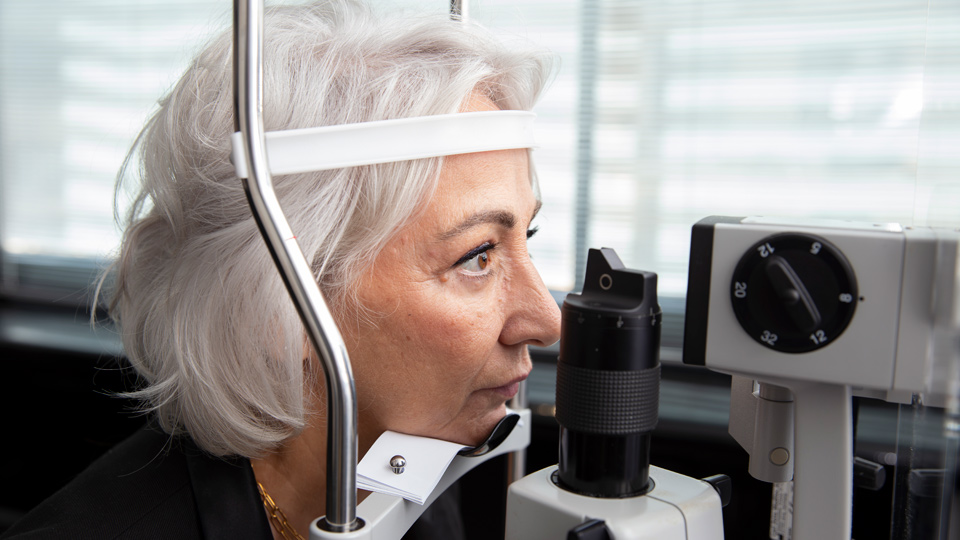What specialist should treat my dark circles?
27/11/2025

04/07/2025
Glaucoma is a chronic, progressive eye disease that damages the optic nerve, the structure responsible for transmitting visual information from the eye to the brain. This damage, which is generally associated with elevated intraocular pressure (IOP), can lead to irreversible vision loss if not detected and treated in time.
Glaucoma affects vision silently. In its early stages, the patient usually does not show symptoms. The disease begins by impairing peripheral vision, and in more advanced stages can lead to tunnel vision and, ultimately, total blindness. Since the brain compensates for vision loss by combining information from both eyes, many people do not notice changes until the damage is already significant.
The most common cause of glaucoma is increased intraocular pressure due to insufficient drainage of aqueous humour, the fluid that nourishes the inside of the eye. This elevated pressure progressively damages the fibres of the optic nerve.
Other factors that may contribute to the development of glaucoma include:
• Family history
• Age over 40–50 years
• High myopia or hyperopia
• Vascular diseases such as high blood pressure or diabetes
• Long-term use of corticosteroids
According to the World Health Organization (WHO), glaucoma is one of the leading causes of blindness in the world. It is estimated that over 76 million people live with this condition, many of whom are unaware of it.
The fact that glaucoma is asymptomatic in its initial stages and progresses slowly has led to it being called the “silent disease of vision.” This lack of early symptoms delays diagnosis, increasing the risk of irreversible vision loss.
Once the optic nerve is damaged, the vision lost due to glaucoma cannot be recovered. Therefore, glaucoma is not reversible. However, with early diagnosis and appropriate treatment, it is possible to slow its progression and preserve functional vision.
Treatments focus on reducing intraocular pressure through eye drops, laser therapy, or surgery. The choice depends on the severity of the case and the individual characteristics of the patient.
Understanding what glaucoma is and how it affects vision is key to recognising its seriousness. Awareness and regular eye check-ups are essential to detect this disease in time and prevent it from becoming an avoidable cause of blindness.
Dr Francisco Ruiz Tolosa, ophthalmologist at the Barraquer Ophthalmology Centre
El glaucoma es conocido como la patología ocular silenciosa ya que hasta estadios avanzados no presenta síntomas, haciendo complicada su detección y, por lo tanto, retrasando la aplicación de un tratamiento efectivo. Según la Organización Mundial de la Salud en el mundo existen unos 60 millones de personas que padecen esta patología irreversible del nervio óptico, cifra que puede seguir aumentando en los próximos años según las previsiones. En el último capítulo de este año hablamos sobre esta patología con el doctor Francisco Ruiz Tolosa, coordinador del departamento de glaucoma del Centro de Oftalmología Barraquer.